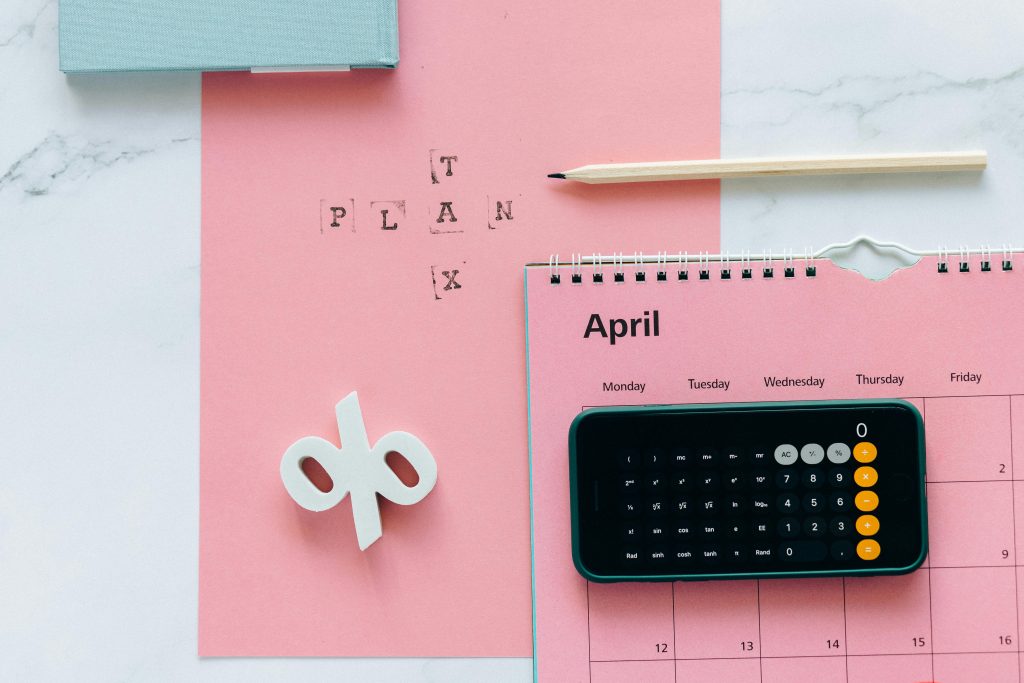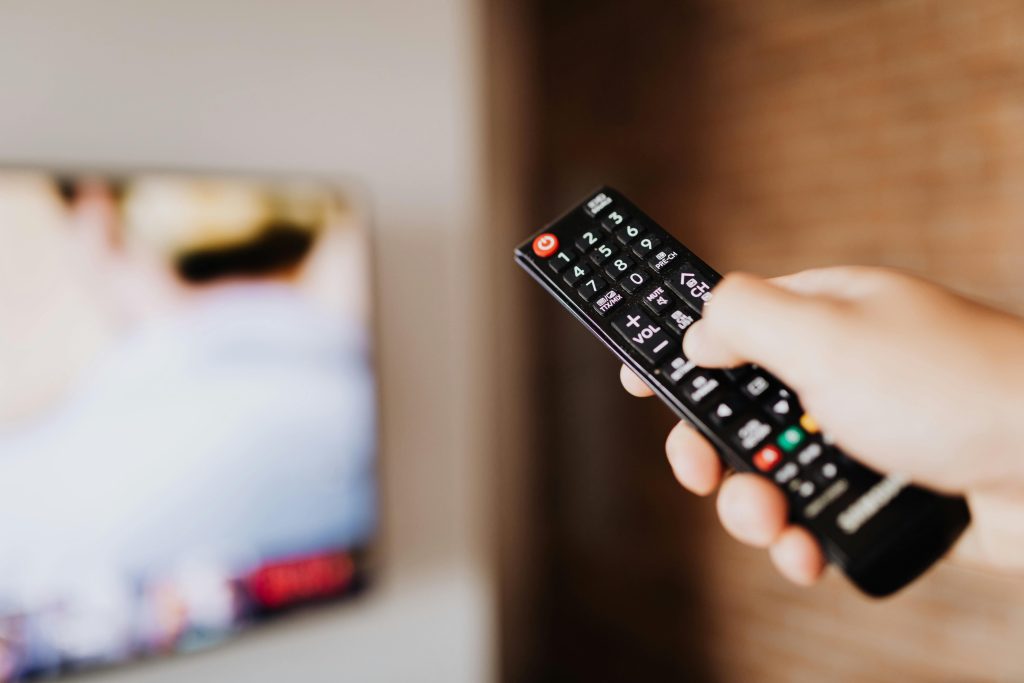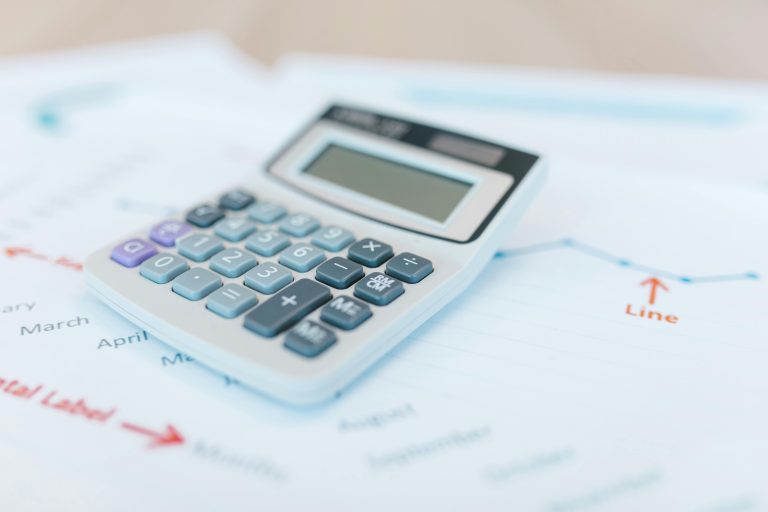Introduction
Struggling to keep track of your money? You’re not alone. Whether you’re saving for a goal, managing debt, or simply trying to avoid financial stress, a realistic monthly budget is the foundation of strong financial health.
But budgeting isn’t about cutting out everything fun—it’s about understanding your income, controlling your spending, and planning with purpose. The key is making it realistic and sustainable.

In this guide, we’ll show you how to create a monthly budget that works in real life, not just on paper. It’s simple, practical, and designed for Australian households and individuals looking to take control of their finances—without the overwhelm.
Why Budgeting Matters
A good budget helps you:
- Avoid overspending
- Pay bills on time
- Build an emergency fund
- Save for short- and long-term goals
- Reduce financial anxiety
When done right, budgeting gives you freedom, not restriction. It helps you say “yes” to what matters most by saying “no” to what doesn’t.
1. Know Your Monthly Income
Start with your take-home pay—the amount you actually receive after tax and deductions.
Include:
- Salary or wages (after tax)
- Centrelink payments or benefits
- Freelance or side hustle income
- Rental or investment income

If your income varies month-to-month, use an average of the last 3–6 months to calculate a reliable base.
2. List and Categorise All Expenses
Track every dollar you spend for a month—either manually or with the help of budgeting apps.
Common Expense Categories:
- Fixed expenses: Rent, mortgage, car repayments, insurance
- Variable expenses: Groceries, transport, utilities
- Lifestyle expenses: Dining out, subscriptions, entertainment
- Savings & debt: Credit card repayments, emergency fund, investments
Centy Tip: Don’t forget quarterly or annual expenses like car rego or Christmas gifts—divide them into monthly amounts and include them in your budget.
3. Use a Budgeting Framework That Works for You
Different people need different budgeting styles. Choose one that fits your habits and goals.
Popular Methods:
50/30/20 Rule
- 50% Needs (rent, food, bills)
- 30% Wants (entertainment, travel)
- 20% Savings & Debt Repayment

Zero-Based Budget
- Every dollar is assigned a job, leaving nothing “unplanned”
- Ideal if you want tighter control or are paying off debt
Envelope/Category Budgeting
- Assign spending limits to each category and track them closely
- Use apps or actual envelopes/cash for visibility
4. Identify Areas to Cut or Adjust
Once you have a complete picture, look for expenses that can be reduced without hurting your quality of life.
Quick Wins:
- Cancel unused subscriptions or memberships
- Cut back on takeaway and dining out
- Compare energy, internet, and insurance providers
- Set spending limits for shopping or entertainment
Use the savings to boost your emergency fund, reduce debt, or save for future goals.
5. Automate Your Budget Where Possible
Automation makes sticking to your budget easier and more consistent.
How to Automate:
- Schedule bill payments to avoid late fees
- Set up automatic transfers to savings accounts
- Use budgeting tools like Pocketbook, Frollo, or MoneyBrilliant to track spending
Automation takes the emotion out of saving and helps you stay on track effortlessly.
6. Review and Adjust Every Month
Your budget should be a living document—review it regularly and adjust as needed.
Monthly Check-In:
- Did your actual spending match your plan?
- Were there any unexpected expenses?
- Can you improve anything for next month?

This review builds awareness and keeps your budget relevant, especially as your income or lifestyle changes.
7. Plan for Emergencies and Long-Term Goals
Good budgeting isn’t just about getting through the month—it’s also about preparing for the future.
Essentials to Include:
- Emergency fund: Aim for at least 3 months’ worth of expenses
- Savings buckets: Holiday fund, home deposit, car upgrade, education
- Super contributions or investments: Especially if you’re self-employed
These forward-looking categories help you avoid debt and build long-term financial stability.
Conclusion
Creating a realistic monthly budget is one of the smartest steps you can take toward financial freedom. It helps you live within your means, prioritise what matters, and plan for the unexpected—all without feeling deprived.

Start simple. Track your money. Adjust as you go. And remember—a good budget works with your lifestyle, not against it.










